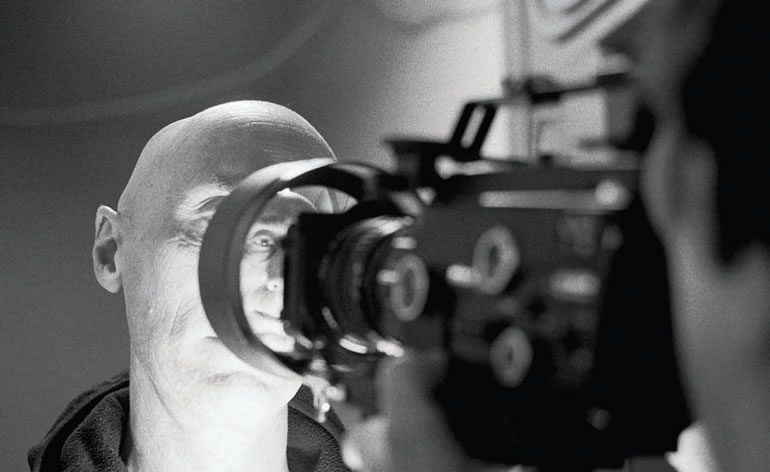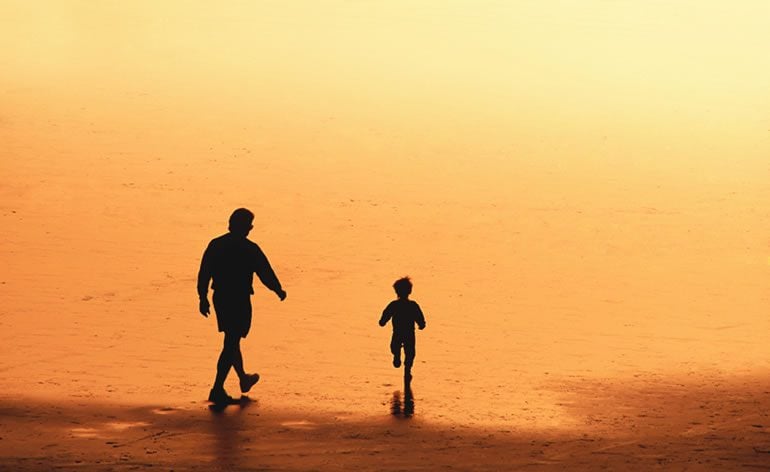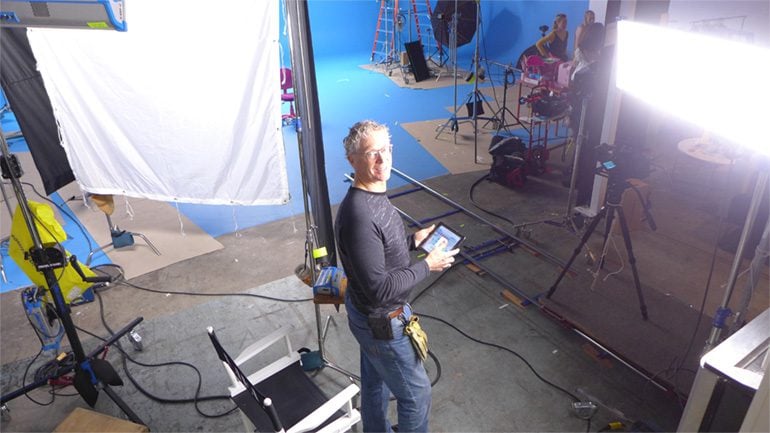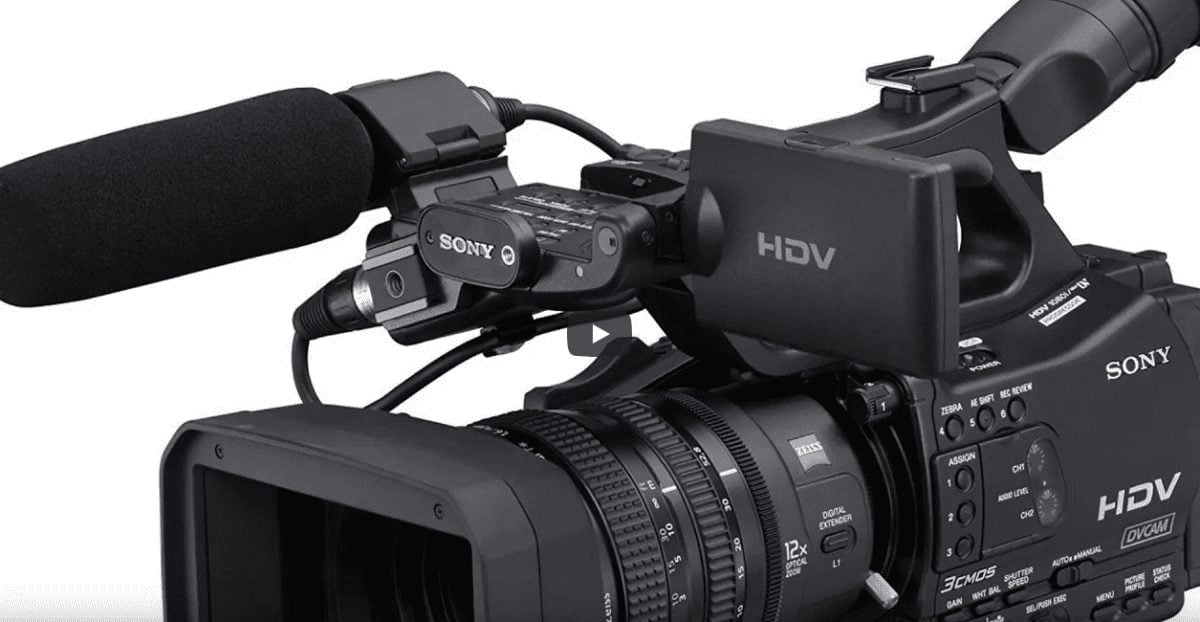Reference: StudentFilmmakers Magazine, May 2007. Film Is Not Dead: Super 8mm Lets Film Live On by Chris Cavallari. Pages 36 – 38.
For some, digital video cameras with amazing new technologies are sounding the death knell for film as the main choice of productions around the globe. A small, but dedicated community is making sure that at least one underdog of a film format doesn’t go down without a fight.
You may be familiar with Super 8mm film. Most of us recognize the reversal stock from home movies shot by our parents and grandparents: the grainy image, the slightly surreal colors, and the shaky camera work. What you may not know is that around the world, filmmakers are still using Super 8 to create works of art that can run with the big dogs. This ain’t your daddy’s Super 8.
Building a Community
The fact that there are several online communities and forums dedicated to Super 8mm filmmaking, each with thousands of members, is a testament to the fact that Super 8mm film remains a viable format in the film world. It’s not just student filmmakers who are cutting and splicing either. Amateurs and professionals alike are finding a use for this unique format.
Taking a stroll through the forums of one of these communities shows a plethora of do-it-yourselfers who take the opportunity to embrace the format and help others do the same. With topics like “What’s the latest on the jitter problem?” to “What Ektachrome is still easily processed?” there’s no shortage of information available. The many members embrace the medium as a truly unique form of expression, one that in some way connects them to another age of filmmaking.
It’s not all technical talk. Forum members collaborate on international “Pass-the-cart” projects where a single 2.5 minute cartridge is passed from person to person; Super-8 Cities projects, similar to the old Travelouge documentaries, where the beauty of a city is highlighted; and the perennial favorite, Time Lapse. Of course, one must not forget the real joy of Super 8 filmmaking today: The Narrative.
Making It Happen
In 2001, Australian filmmaker Scott McPhie decided to use Super 8 for his debut movie, In My Image. And unlike most indie filmmakers who, due to time and budget constraints, struggle to keep the scope of their films small, McPhie went all out with an epic film. The fictional film follows David Miller, an idealist lawyer-turned-anthropologist in the colonial frontier of highland New Guinea in 1938. When a highlander native is charged with murder, Miller is drawn back into the courtroom to defend the man.
McPhie chose to shoot Super 8 for two reasons. “Economy and quality. The film has a very low budget which makes Super 8 preferable to other film gauges, but because we want to maintain as high a picture quality as possible we’re not going to be shooting on video, even though that would be cheaper still than Super 8. Super 8 has higher resolution and better colour saturation than even the highest quality digital video, and by using the best quality camera, telecine process and lighting that we can, we hope to maintain this standard through to the finished product.” The scope of the picture stands in somewhat of a paradox to the format. Normally, a large scale film like In My Image would be shot in 35mm, or even the 70mm IMAX format. Those formats, however, necessitate enormous production costs, prices that McPhie just couldn’t pay. Super 8 offered the great compromise. Epic picture – little format.
While McPhie use Super 8 for the grand epic, Rich Palidwor and Mitch Perkins went in the opposite direction. The Toronto filmmakers took the surreal quality of the Super 8 filmstock and used it to their advantage in the film Sleep Always. The film looks at the world through the eyes of Frank, a delusional character who becomes infatuated with a homeless woman. “The story has very little to do with reality,” says Palidwor. “In that sense, it could never be told properly with videotape, which is often associated with reality. Film has that ability to convey emotion and mood, dream and fantasy.” “[It’s] more suited to our purposes – for a visual interior monologue, film grain and frame rate provide a ‘distance’ from reality.”
Palidwor and Perkins used the flexibility of Super 8 equipment to quite literally broaden the perspective of the film. In the Super 8 world, Do-It-Yourself is not only a hobby, it’s a necessity. With that in mind, the filmmakers actually modified the camera, widening the gate to maximize the amount of usable film. The result is a widescreen Super 8 format they dub “Super-Duper 8.”
“It’s about obsession,” says Palidwor, speaking about the plot of Sleep Always. But he may as well be talking about the rabid fans of this small gauge film format.
How It’s Done
Though Super 8 is a burgeoning market once again, it can still be difficult to find resources to complete a film. Mixing the old with the new, Super 8 filmmakers use the Internet to keep up to date with the latest in the Super 8 world. While eBay and yard sales are the main way to buy equipment – I purchased my Elmo from a kindly old camera buff – and other production elements remain the same as other established formats, finding shops that sell and process the film presents the biggest challenge.
In 2006, Kodak was one of the few remaining film companies producing color reversal film for Super 8. The inexpensive film was one of the most popular for amateur filmmakers to use, mainly because processing was included in the purchase cost. Unfortunately, the company found that costs of making this stock were too high, and discontinued the last of the reversal films, K40. This was a big blow to filmmakers who previously had been able to simply project the film on a wall and videotape the projection for editing on a computer. Today, only color and black-and-white negative stocks remain, which of course raise the cost of production considerably.
All is not lost, however. Again the resourcefulness and creativity of the Do-It-Yourselfers has come into play. From a contraption that captures the film frame by frame and lays it to video, to home built camera stabilizers, the community of Super 8 filmmakers is alive and well. A web search for DIY equipment can yield hundreds of results, many tailored to the specifics of Super 8. Magazines dedicated to small gauge formats populate the literary landscape, and of course online forums remain extremely active. The only real roadblock to filmmakers is the relative lack of facilities that are equipped with the specialized equipment required to process Super 8 cartridges. But with the veritable plethora of other resources available, Super 8 is not likely to go away soon.
The Future is the Past?
Is Super 8 merely a hobbyist’s way to feel like a professional filmmaker, or does the format have more in store? It’s difficult to come to a conclusion at this stage, but one thing is certain: Super 8 will be around for a long time to come…or as long as the manufacturers keep making the stock. Inevitably, film will go the way of the Magic Lantern, but for now, Super 8 offers a chance for film buffs to really get their hands dirty in the world of filmmaking. And for many, that’s a dream come true.
Chris Cavallari has been working in television, video, and film for 12 years as a lighting cameraman, cinematographer, director, video editor, and grip. By day he is the Lead Television Studio Technician for a Broadband TV Network; by night, he writes and directs films & podcasts for his company Filmosity Productions, produces the podcast “The Martini Shot: Moviemaking for Beginners,” and runs the New Jersey Podcasters Association. His website is www.filmosity.com.





